Monday, October 3, 2011
This is an early post on why you should switch to whole grain pancakes. It’s solid but had crappy pics that I’ve since removed. For mouth-watering pictures and the full recipe, click here.
Who doesn’t like pancakes, especially those bursting with last-of-the-season, farm-market-fresh raspberries and dripping in rich maple syrup?
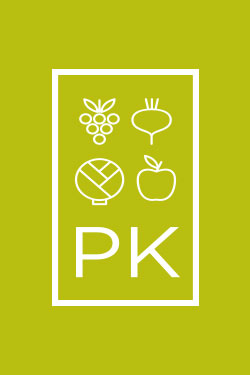 It’s not my usual breakfast for obvious reasons that you probably already know, which is that pancakes are high in calories and sugar. It goes downhill nutritionally from there, depending on how you’re preparing them. Store-bought mixes are usually made from white flour, which is quickly metabolized to glucose (sugar) in the body and is not all that different from eating simple sugars like those found in soft drinks and cookies. Mixes can also be high in sodium. And that’s before you add the other ingredients on your own, such as whole milk. Don’t even get me started on supermarket syrup, usually made from corn syrup, a whole host of preservatives, and imitation maple flavoring. The particulars vary by brand, so read the ingredients and nutrition facts panel to make the best choice possible.
It’s not my usual breakfast for obvious reasons that you probably already know, which is that pancakes are high in calories and sugar. It goes downhill nutritionally from there, depending on how you’re preparing them. Store-bought mixes are usually made from white flour, which is quickly metabolized to glucose (sugar) in the body and is not all that different from eating simple sugars like those found in soft drinks and cookies. Mixes can also be high in sodium. And that’s before you add the other ingredients on your own, such as whole milk. Don’t even get me started on supermarket syrup, usually made from corn syrup, a whole host of preservatives, and imitation maple flavoring. The particulars vary by brand, so read the ingredients and nutrition facts panel to make the best choice possible.
But why not make them yourself? And if you’re already doing that, why not try making some simple substitutions and additions to make pancakes a healthier start to your day?
The basic pancake ingredients generally comprise the dry (flour, sugar, baking powder, and salt) and the wet (whole milk, egg, melted butter, vanilla). I’ve futzed around with various combinations and have found that substituting white whole wheat flour for refined white, skim milk for whole, and canola oil for butter makes a terrific pancake. These changes are significant from a nutritional perspective. My detailed recipe is here, just swap raspberries for blueberries, obviously.
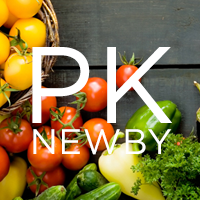 White flour has been milled to remove the nutrient-rich bran and germ from the grain, which takes with it the majority of its nutrients and fiber and leaves only the starchy endosperm. (More on the differences between refined and whole grains is here.) The starch in white flour is quickly metabolized to glucose, as noted above. I used to make my pancakes using half white and half whole wheat, as the chemical properties of whole wheat flour, usually made with red wheat, do impact results. However, the entrance of white whole wheat flour into the market a few years back has changed that. Have you heard of it? White whole wheat is still whole grain, but it’s made from white wheat, which is a softer, milder, more tender kernel that yields better results in baking. (Or, in this case, pancakes.) I also add a tablespoon or so of whole oats to further boost the fiber and whole grain content of my pancakes. (Quantity depends on how many you are making, but I add about 1 tablespoon of oats for a recipe of four pancakes.) Replacing the highly refined grains in your diet with whole grains will decrease your risk of type 2 diabetes, help manage your weight, and reduce your risk of cardiovascular diseases.
White flour has been milled to remove the nutrient-rich bran and germ from the grain, which takes with it the majority of its nutrients and fiber and leaves only the starchy endosperm. (More on the differences between refined and whole grains is here.) The starch in white flour is quickly metabolized to glucose, as noted above. I used to make my pancakes using half white and half whole wheat, as the chemical properties of whole wheat flour, usually made with red wheat, do impact results. However, the entrance of white whole wheat flour into the market a few years back has changed that. Have you heard of it? White whole wheat is still whole grain, but it’s made from white wheat, which is a softer, milder, more tender kernel that yields better results in baking. (Or, in this case, pancakes.) I also add a tablespoon or so of whole oats to further boost the fiber and whole grain content of my pancakes. (Quantity depends on how many you are making, but I add about 1 tablespoon of oats for a recipe of four pancakes.) Replacing the highly refined grains in your diet with whole grains will decrease your risk of type 2 diabetes, help manage your weight, and reduce your risk of cardiovascular diseases.
Using skim milk or low-fat buttermilk instead of whole gets rid of the saturated (“bad”) fat, and switching melted butter for canola also replaces saturated fat with monounsaturated (“good”) fat, both solid strategies for improving heart health. Fresh raspberries add zing and nutrients such as vitamin C, manganese (a mineral), fiber, and folate. Like all fruits and vegetables, raspberries also provide a host of other nutrients in smaller amounts as well as “phytochemicals” (“phyto” means plants) that act as antioxidants in the body, important for fighting off diseases like age-related macular degeneration (ARMD), which leads to loss of vision in older adults, and cancer.
The last thing I add to my pancakes is a sprinkle of wheat germ. Don’t knock it if you’ve never tried it! As the pancakes are cooking on the first side, I simply sprinkle some on top. Wheat germ is a great way to add yet more fiber to your pancakes, along with a bit of protein, vitamin E, potassium, folate and magnesium; it also imparts a subtle, delicious nuttiness. Wheat germ burns quickly, so make sure your pancakes are almost cooked through before turning them just for a minute or two. (You can tell they are ready to be turned when they look dry around the edges and have lots of little air bubbles.)
These pancakes are very quick to make and look beautiful on the plate. Believe it or not, they really don’t even need maple syrup because they are sweet all on their own. I’m serious! That said, I love real maple syrup and it’s part of why pancakes are such a scrumptious treat. I buy mine at the farmers’ market but local maple syrup is now sold in most supermarkets.
At last, pancakes you can feel good about when cold cereal just won’t do.

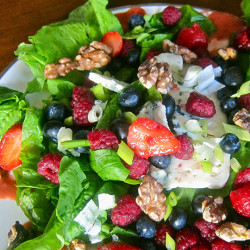
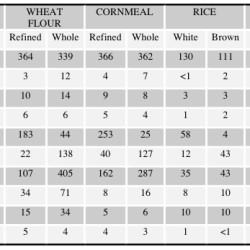
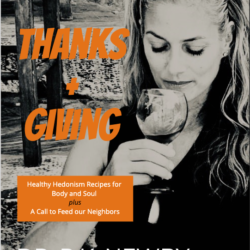
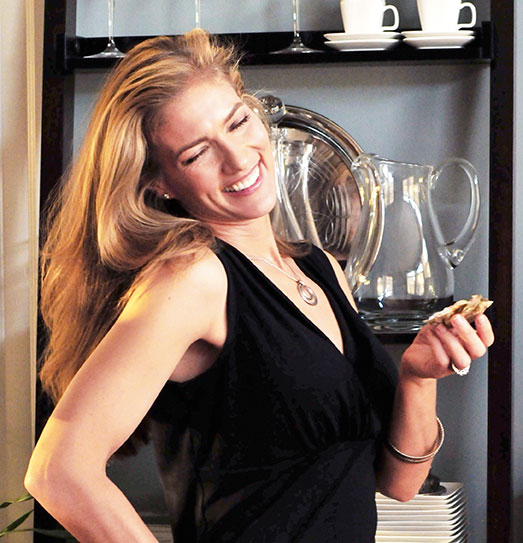
I can’t wait to try this! I much prefer whole grain pancakes to fluffy white ones (they just leave me feeling empty!) Usually I go with buckwheat but I didn’t even know they had white whole wheat! Thanks for opening up a world of goodness!
Buckwheat is also pretty darn good for you so that’s great, too. Options are important to keep things interesting. Perhaps you’ll find a mix of the two gives you the flavor and texture you like, or can just trade off. I really like white whole wheat because it yields similar results to a more refined grain, which is important in baked goods in particular. Either way these are heartier pancakes that definitely do not lead to the typical up and down from the glucose and insulin spikes you get from a highly refined grain pancake. Enjoy!